Cherry blossom shrine with power stones, also famous for the god of the performing arts
Kurumazaki Shrine in Arashiyama is one of the most interesting shrines in Kyoto, known for the legend of Kurumazakaishi stone. It is said that when Emperor Gosaga went to Arashiyama, his ox cart fell down and its yoke was broken when he passed by this stone. Today, the deity is revered as a god of good luck, good fortune, and improvement in learning and arts.
Within the grounds of the shrine is a performing arts shrine dedicated to Ame-no-Uzume-no-mikoto, the god of the performing arts. Many entertainers and artists visit the shrine every year, as it is believed to bring blessings for the performing arts and the arts. Around the shrine there is a vermilion-lacquered fence on which are written the names of those who have visited the performing arts shrine. Some of the names are famous entertainers. Visitors take commemorative photos next to them.
The shrine also enshrines Kiyohara Yoriyoshi, a Confucian scholar of the Heian period (794-1185), whose academic virtues are said to bring blessings not only for academic achievement and success in entrance exams, but also for luck in money, love, and entertainment. Therefore, it is popular as a power spot where wishes come true.
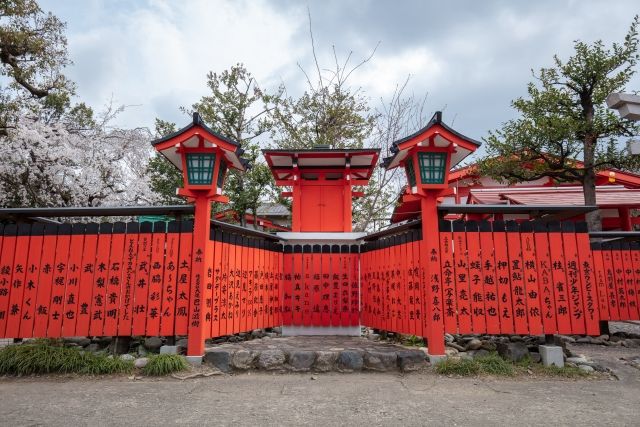
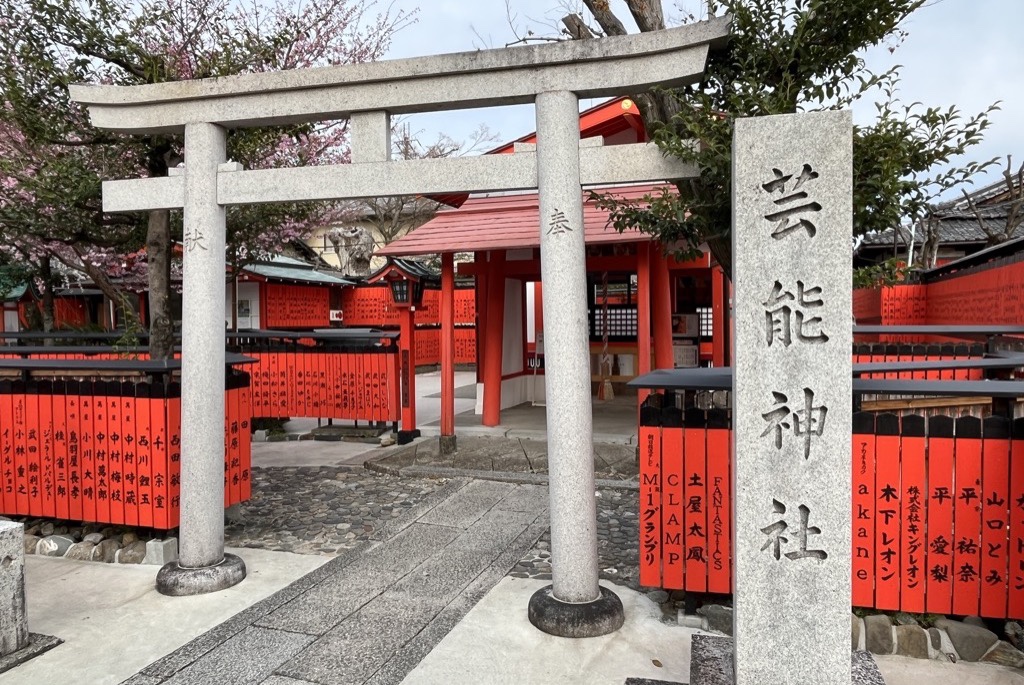
The Prayer God Stone
There is a unique and famous custom in which visitors take home a power stone called a “prayer god stone” distributed at the shrine office and pray for it. When their wishes are granted, they write their gratitude on another stone and offer it in front of the main shrine. In front of the main shrine are piled high stones offered by people whose wishes have been granted.
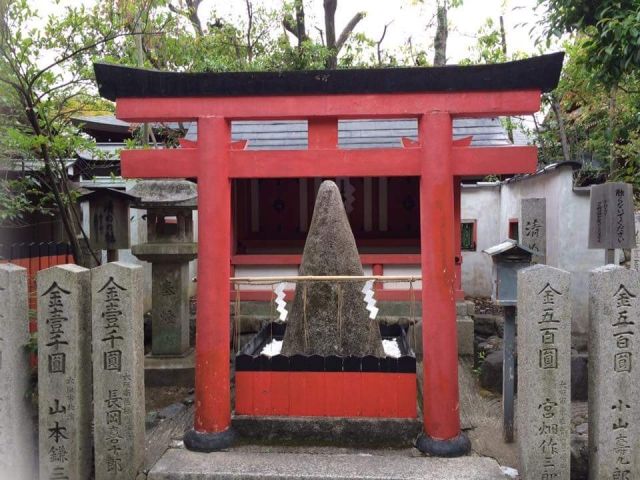
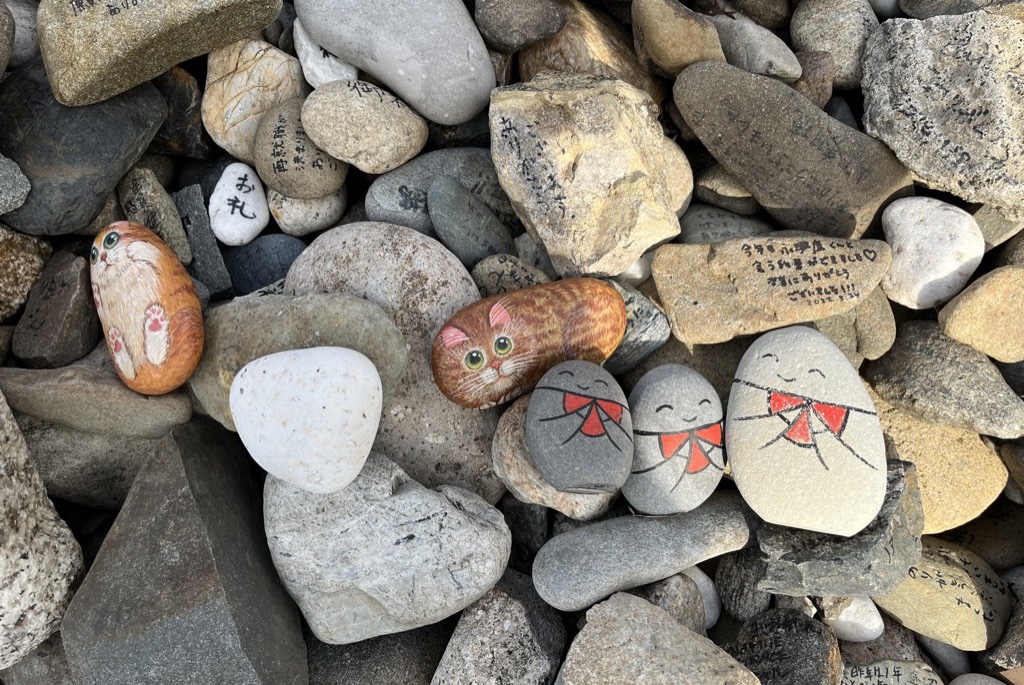
Cherry Blossom Shrine
Kurumazaki Shrine was once known as “Cherry Blossom Shrine. After the death of the Confucian scholar Yoriyoshi Kiyohara, the deity of the shrine, many cherry trees, which he loved so much, were planted on the grounds where the mausoleum is located. The shrine took over the grounds of the mausoleum and was known as the “Cherry Blossom Palace” since its founding.
Currently, about 40 cherry trees of 15 varieties are planted on the shrine grounds. Kawazu cherry blossoms are at their best in early March, Yoshino cherry blossoms and other cherry trees also bloom at this time, and nioizakura cherry trees with their distinctive fragrance are in full bloom in late April. The shrine is known as a cherry blossom viewing spot, the number of visitors reaches its peak in late March, when the “Keise-nzakura” cherry trees are in bloom. The elegant Keisen-zakura can be found from the Naka-mon gate to the east of the approach to the shrine.
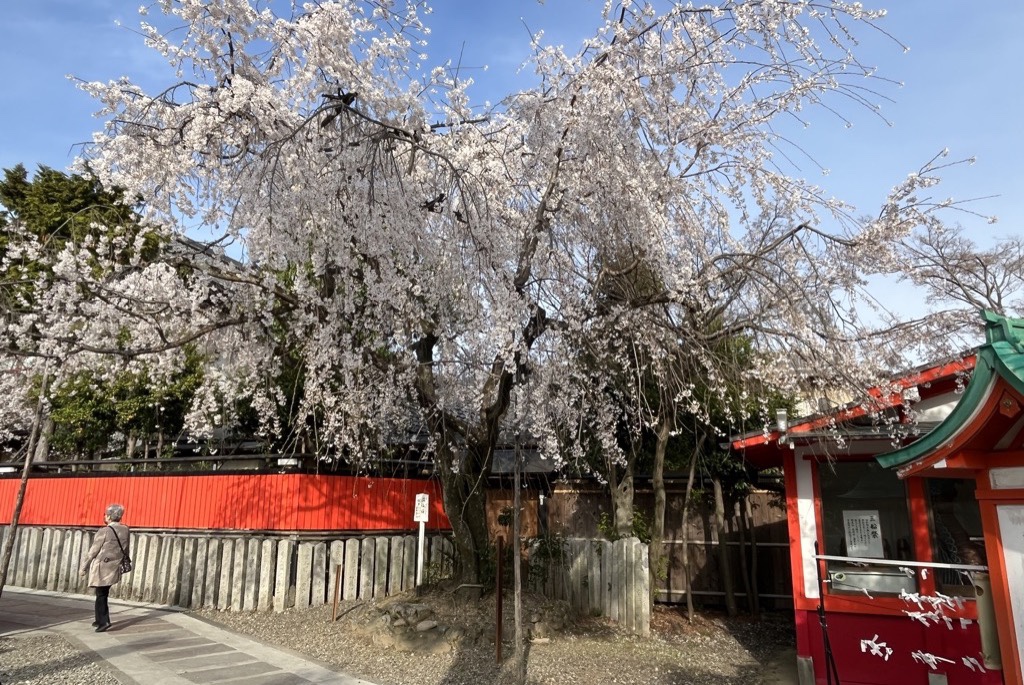
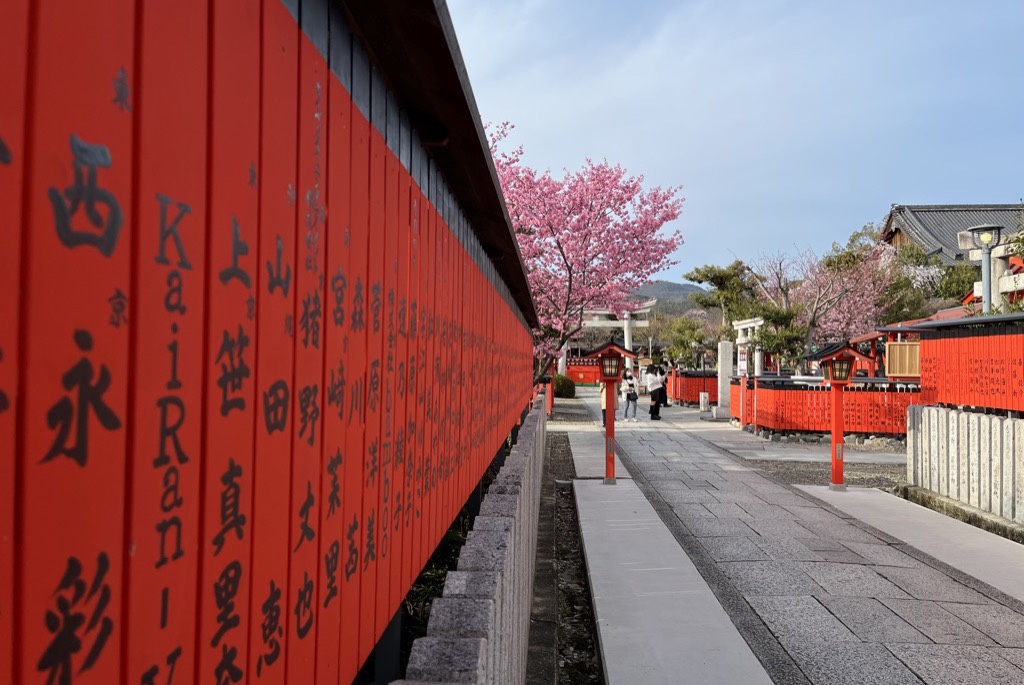
Kurumazaki Shrine(車折神社)
Address : 23 Sagaasahicho, Ukyo-ku, Kyoto-shi, Kyoto
Access : A short walk from either Kurumazaki-jinja Station on the Randen Arashiyama Line or Kurumazaki-jinja-mae stop on the City Bus or Kyoto Bus lines.
Hours : 9:00 to 17:00
Admission : Free